Long Distance Wheelchair
2012
Long Distance Wheelchair
2012

The ultra long distance wheelchair is a concept intended to take a questioning look at equipment used for disabled athletes (Circa <2012). For many mainstream pieces of consumer sports equipment, such as bikes, stlye combined with performance are expected. For disabled athletes the market is narrow; visual appeal can often take a back seat to cost or function.
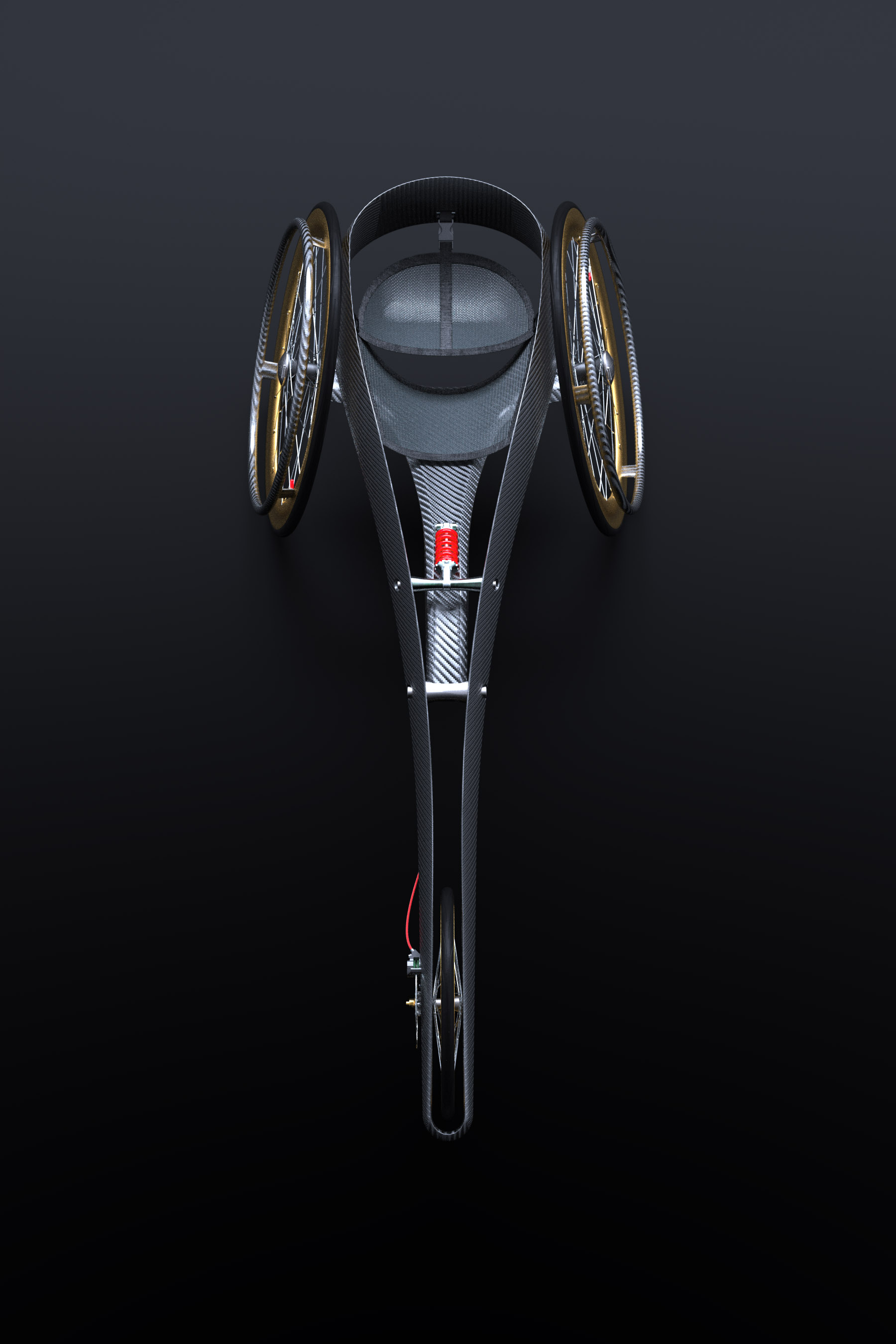
This concept takes advantage of the research that goes into weight reduction, performance, and cost in areas such as bike frame manufacture. These advancements have driven materials like carbon fibre into the mainstream, allowing exploration of new forms that give highly visible cues to the performance nature of the design. The wheelchair is styled to be an aspirational item that has a broader appeal than its target market, continuing the trend and success of products such as the ‘Cheeta Feet’ used by paralympic athletes. The form of the chair communicates that it is a performance item, and provides an innate level of desirability.
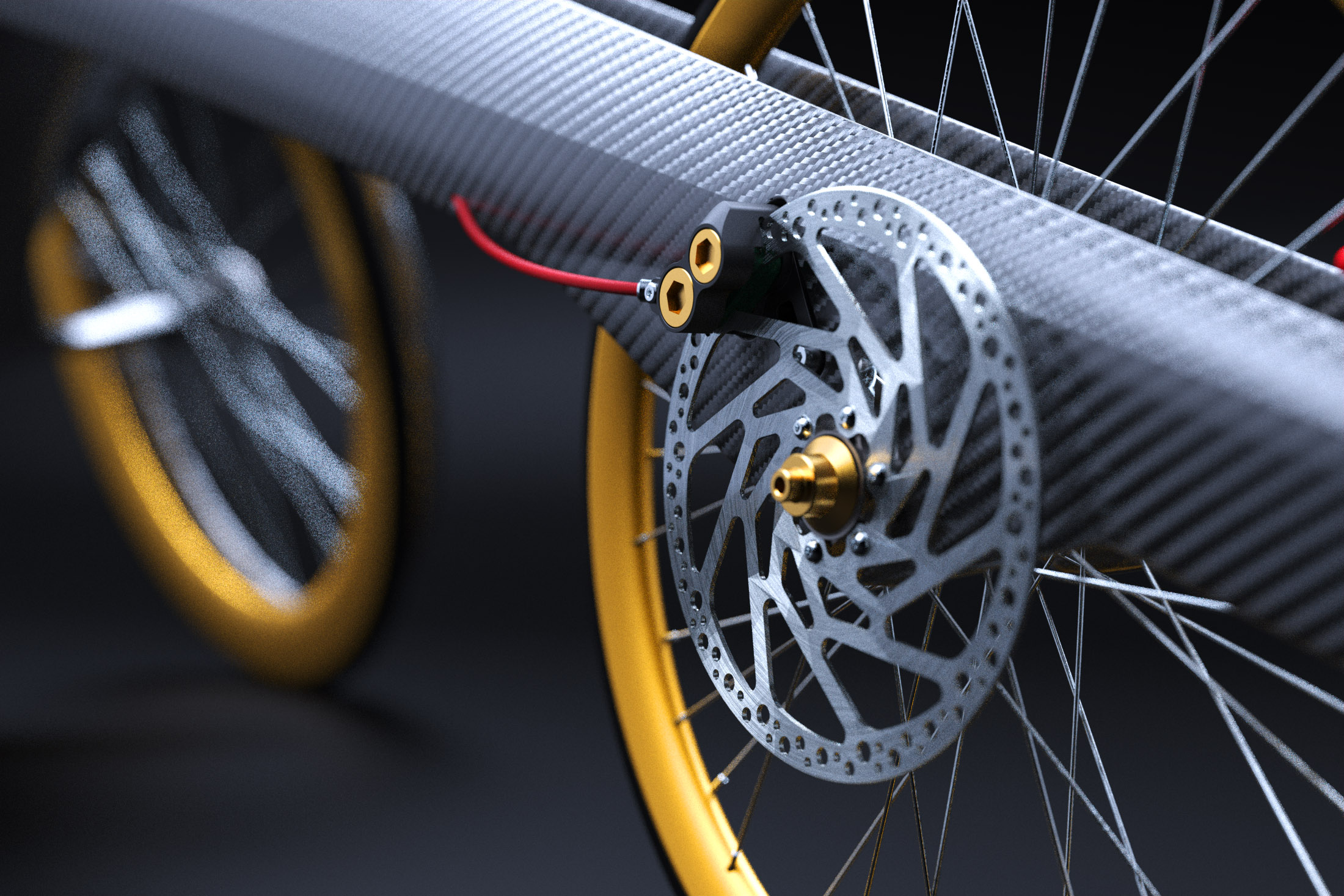
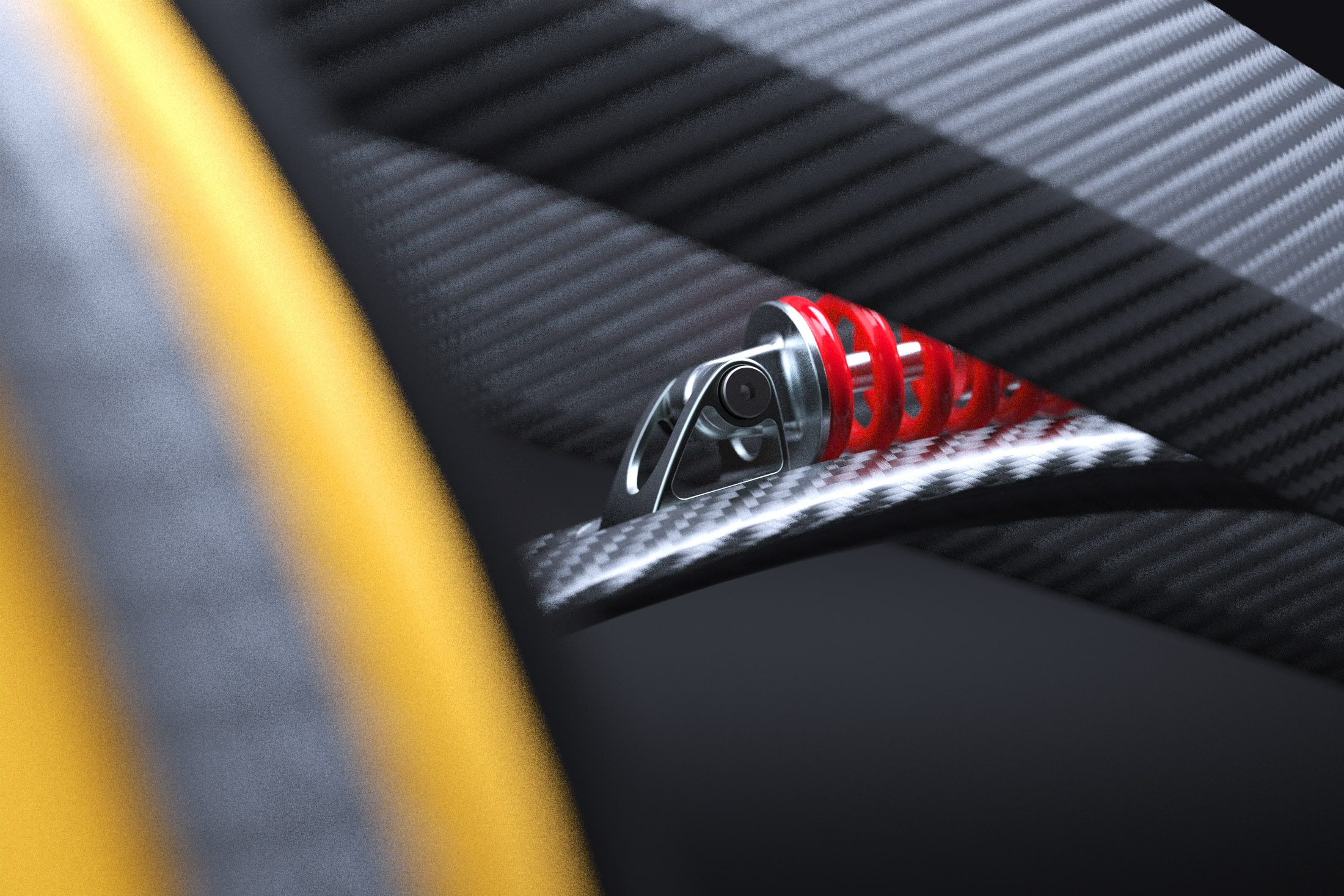
The psychological effect the appearance sports equipment has on physical ability is well documented. Hence many of the performance components on the design have attention drawn to them through colour and placement. The chassis is comprised of 2 parts, the outer and the swing arm. These are pivoted with adjustable suspension to suit the road surface. The natural compliance of carbon fibre mixed with this adjust-ability provides a comfortable ride without wasting the rider’s energy. The chassis of the wheelchair is a thin shell of carbon fibre over a core of expanded foam for maximum rigidity, strength, and weight saving. The weave has been left exposed to reinforce the performance nature of the design and for visual effect. Structural areas of the frame have aluminium elements to distribute the load and prevent point fractures and localized stress in the carbon.
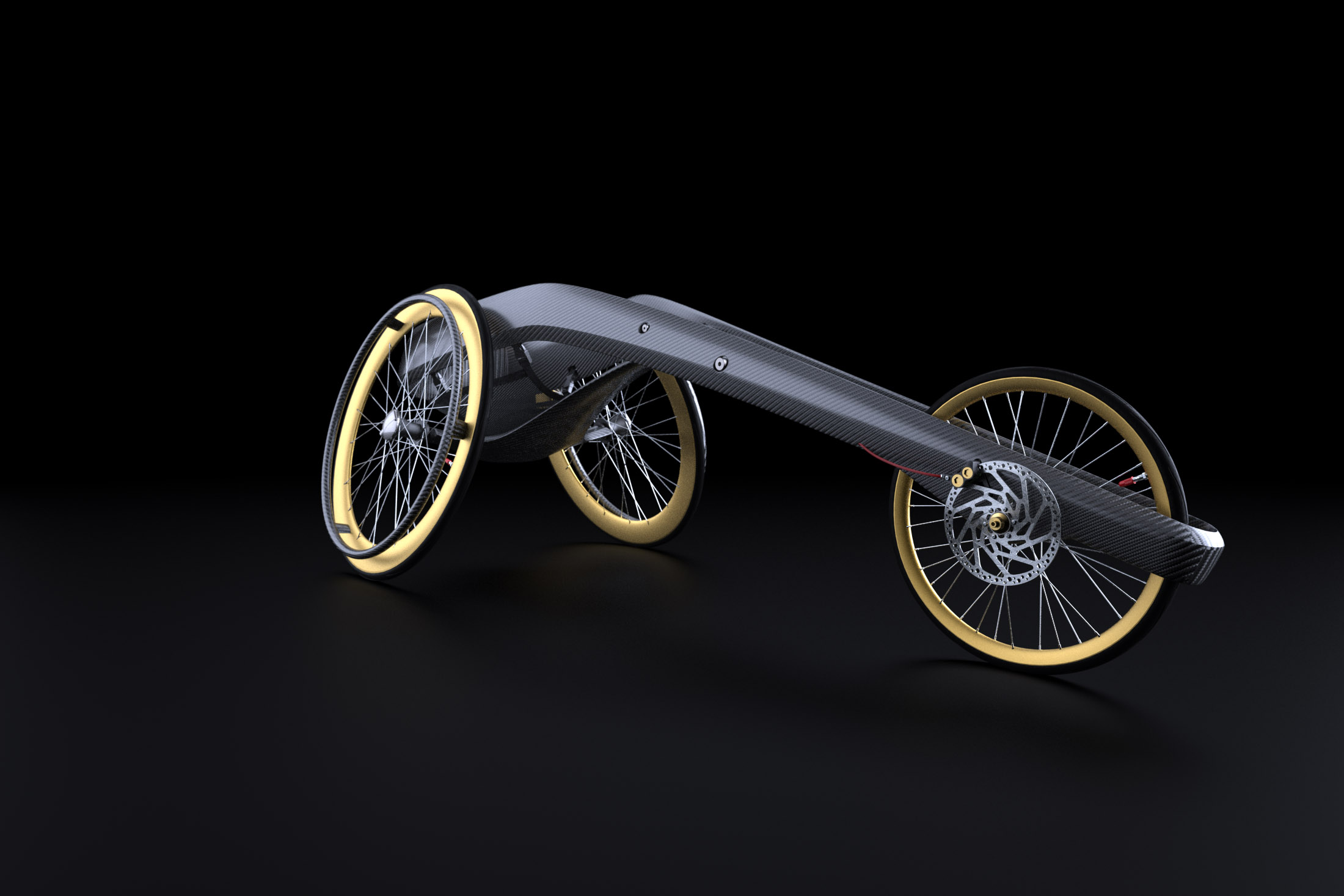
The rider sits in a hammock. This is suspended from the frame giving varied seating options to accommodate user’s specific needs. It also separates them from jarring that might be transferred through the frame. The rider is seated with the chest in an open position compared to a wheelchair designed to sprint: This facilitates better breathing for sustained effort.
The hammock design enables the driver’s legs to be in a more relaxed position than a traditional racing wheelchair to minimize discomfort. The distribution of the body weight is shared between the legs and the buttocks reducing the strain on lower limbs. The rider’s shoulders and upper body are positioned to provide maximum power over the leading edges of the driving wheels. The steering is a engaged by shifting body weight left or right, providing a reactive, natural way of turning without breaking rhythm.
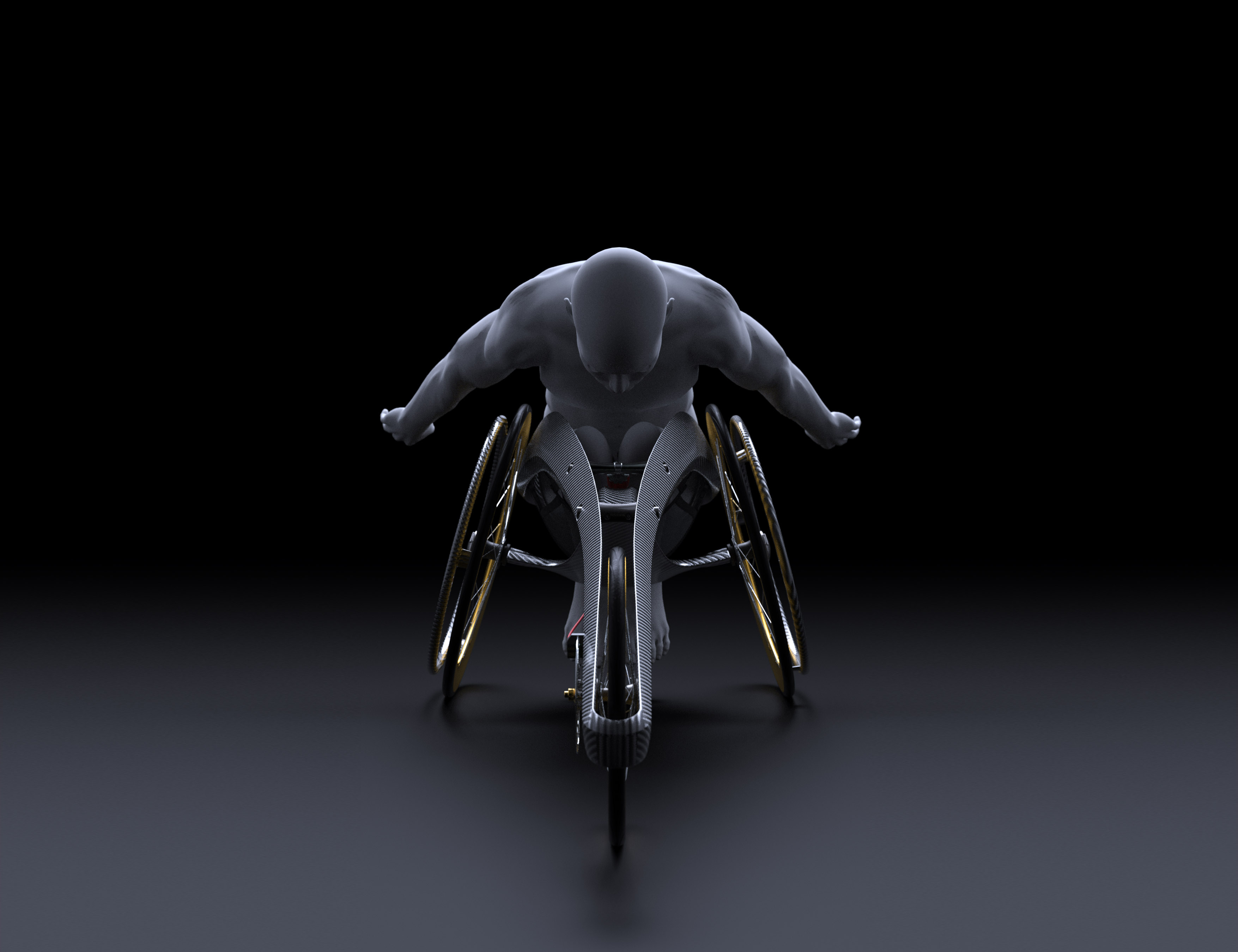
The long distance wheelchair is an attempt to open up the sport of wheelchair racing to a wider audience, both in support and participation. It introduces technology found in many other performance sports to help push athletes limits in one of the most challenging and physically demanding competitions.

Other Projects

Philips FORSProject type

FM PIM IntrasightProject type
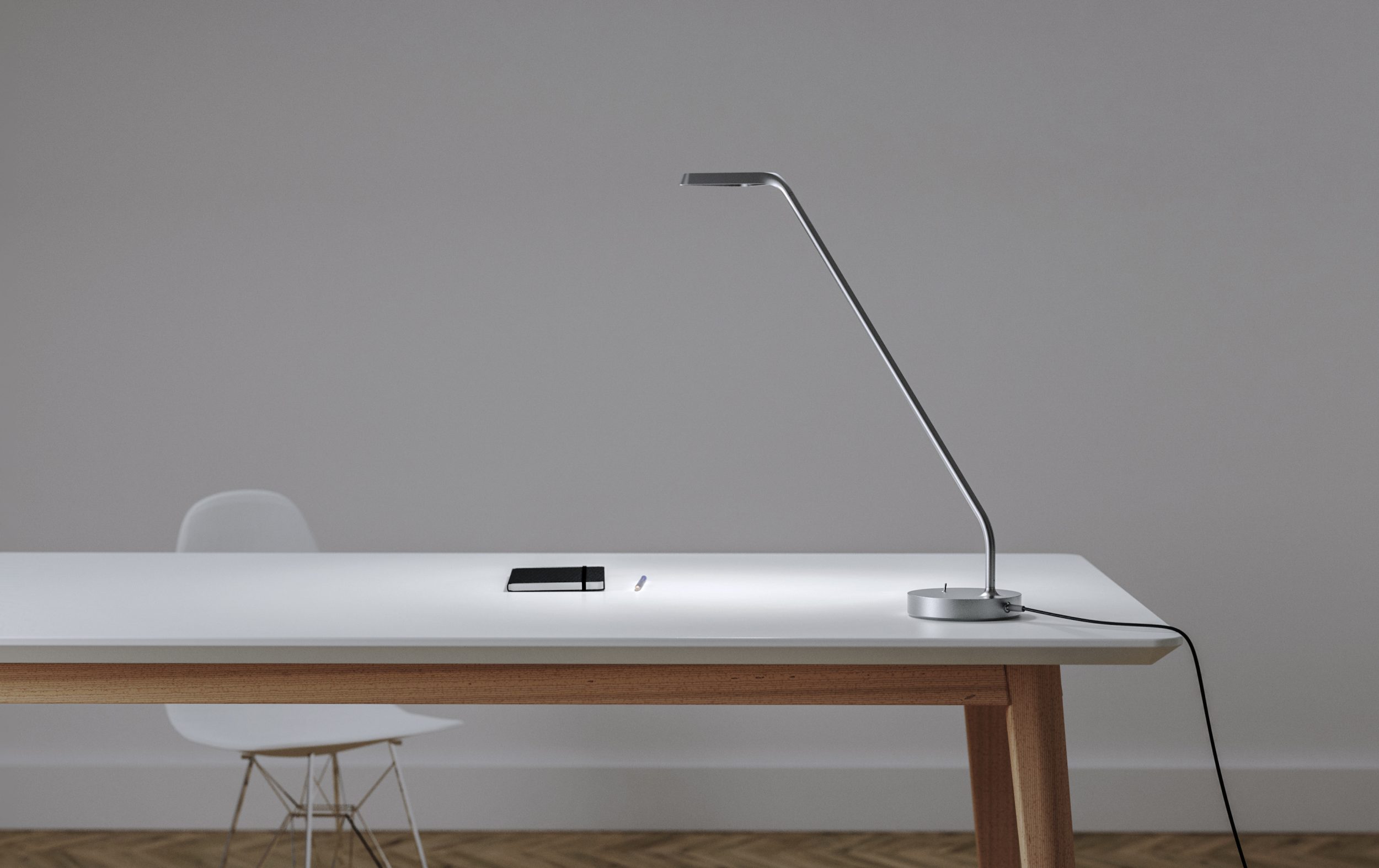
FilamentProject type

Philips I-Neb AdvancedProject type

Philips InnospireGoProduct Design

Sanofi TrojeoProduct Design
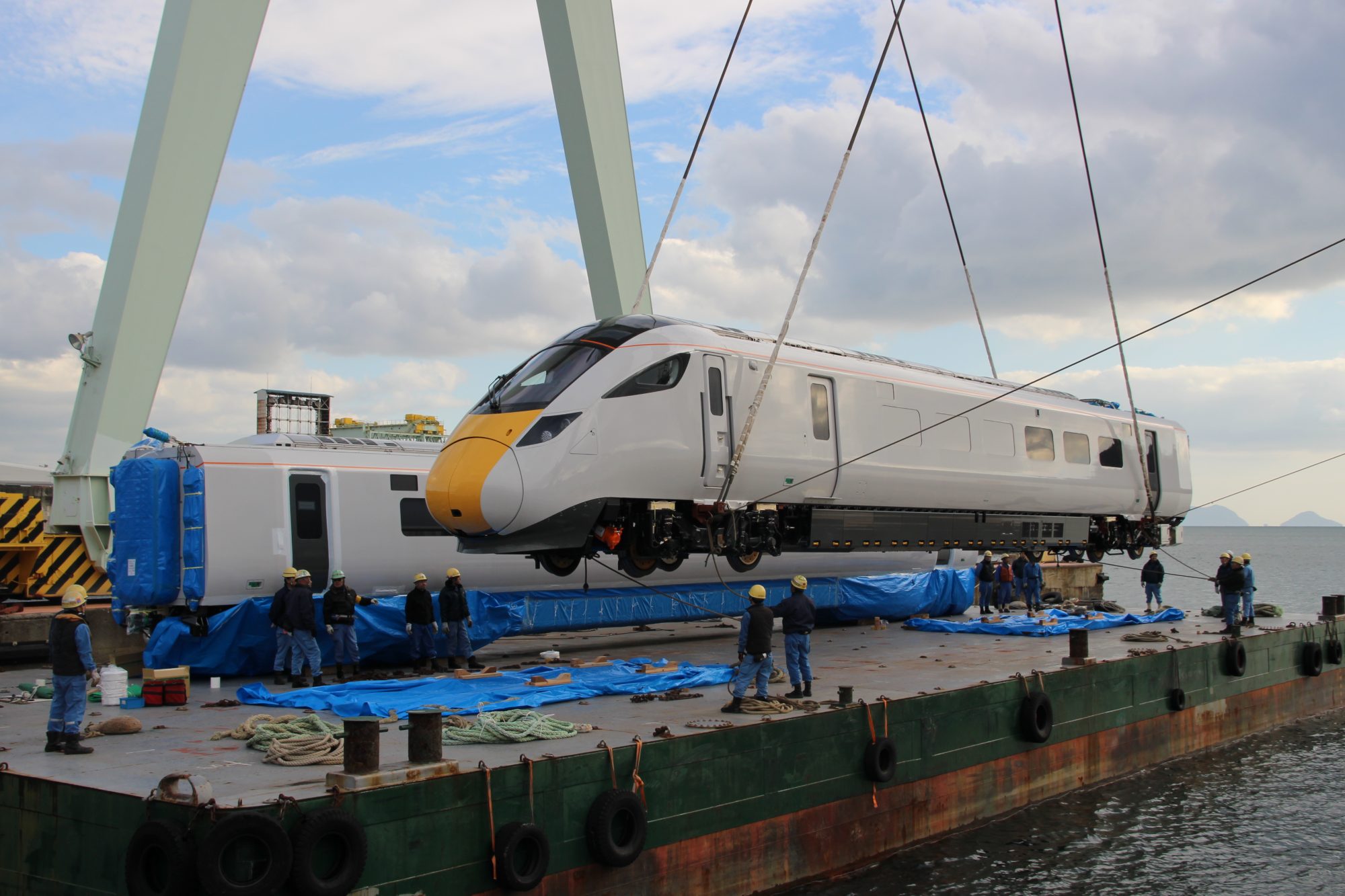
Hitachi Class 800Transport Design
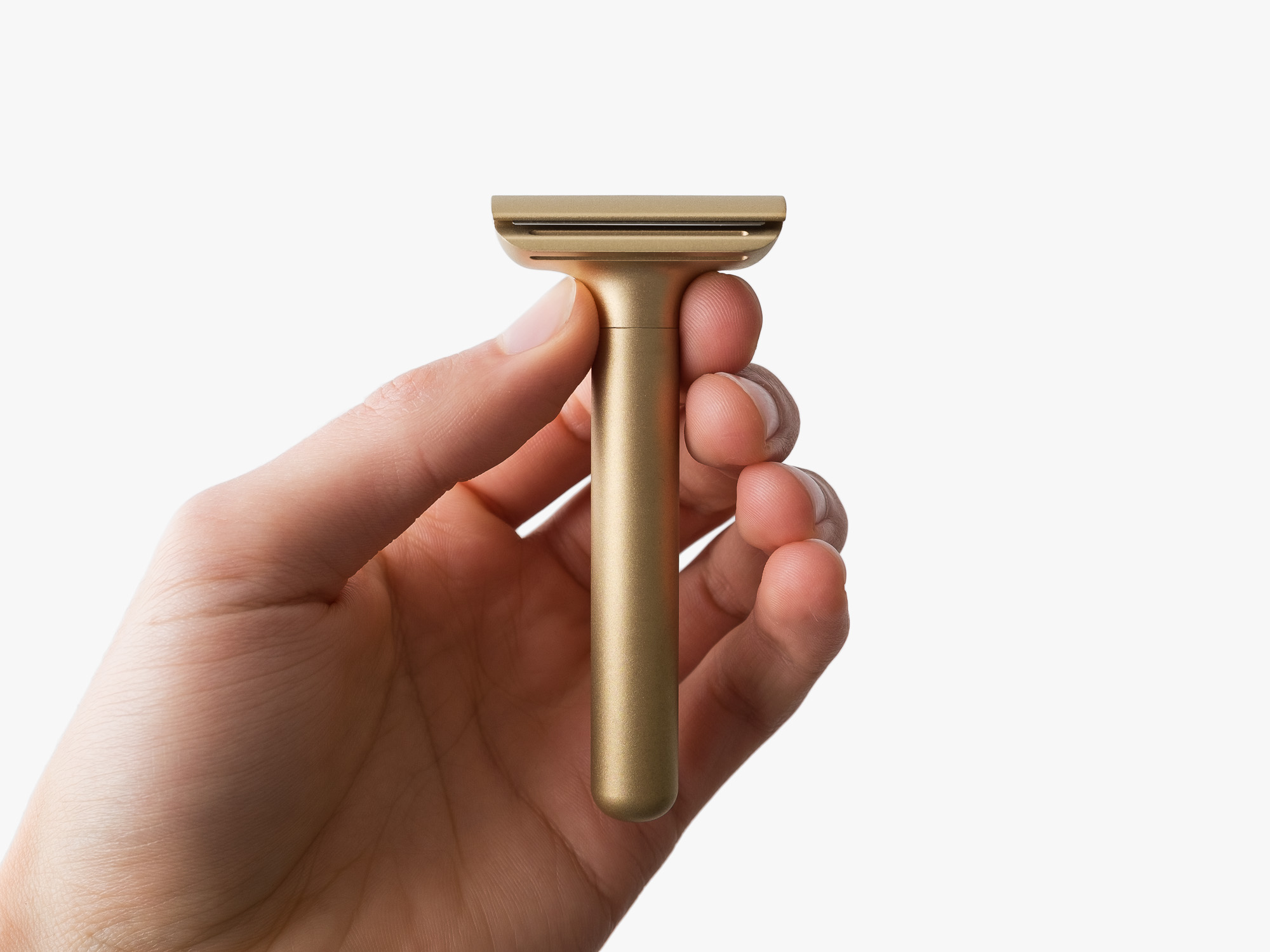
Hone Type 15Product Design
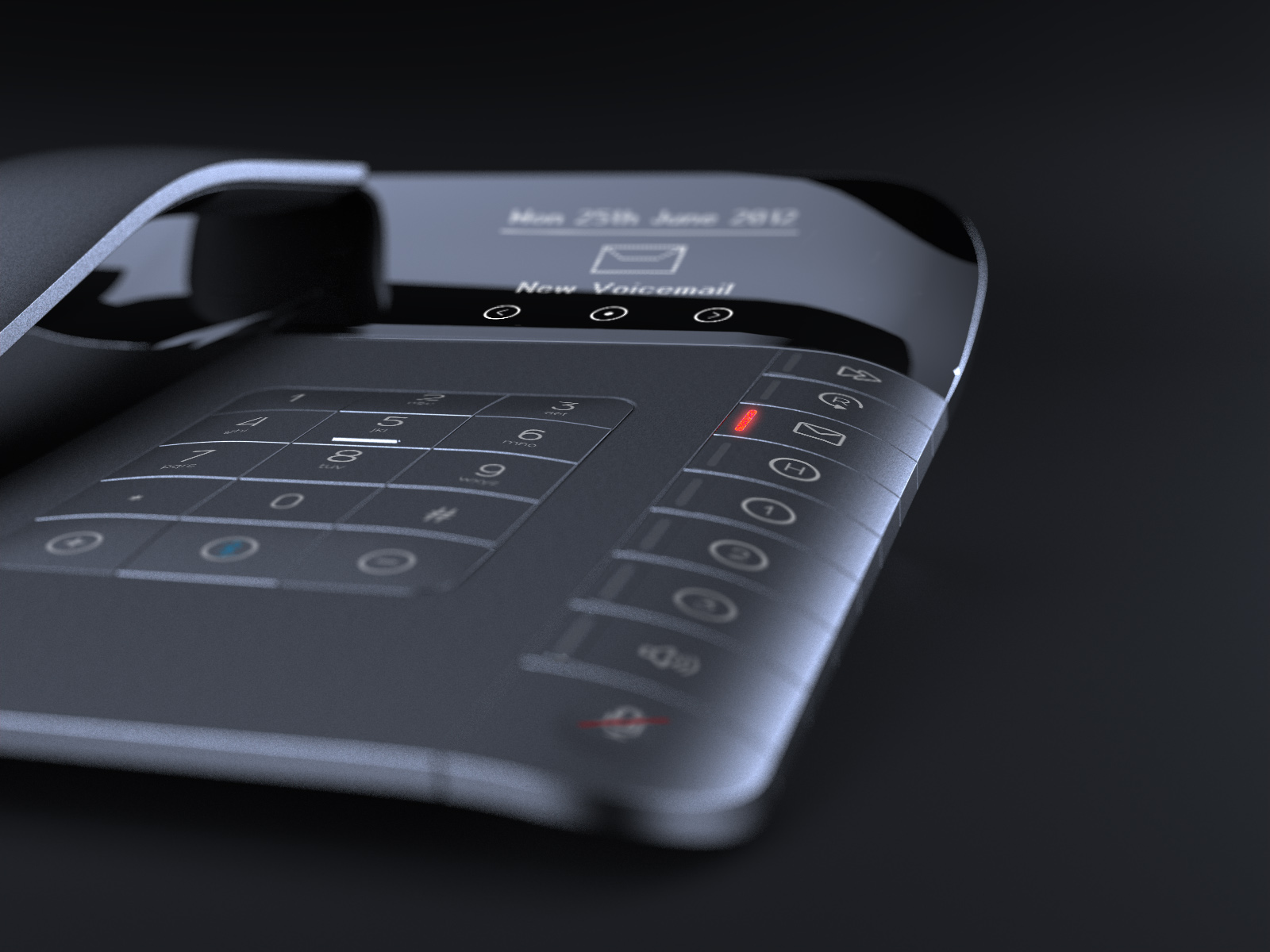
Desk PhoneProduct Design

Lamp No.2Project type
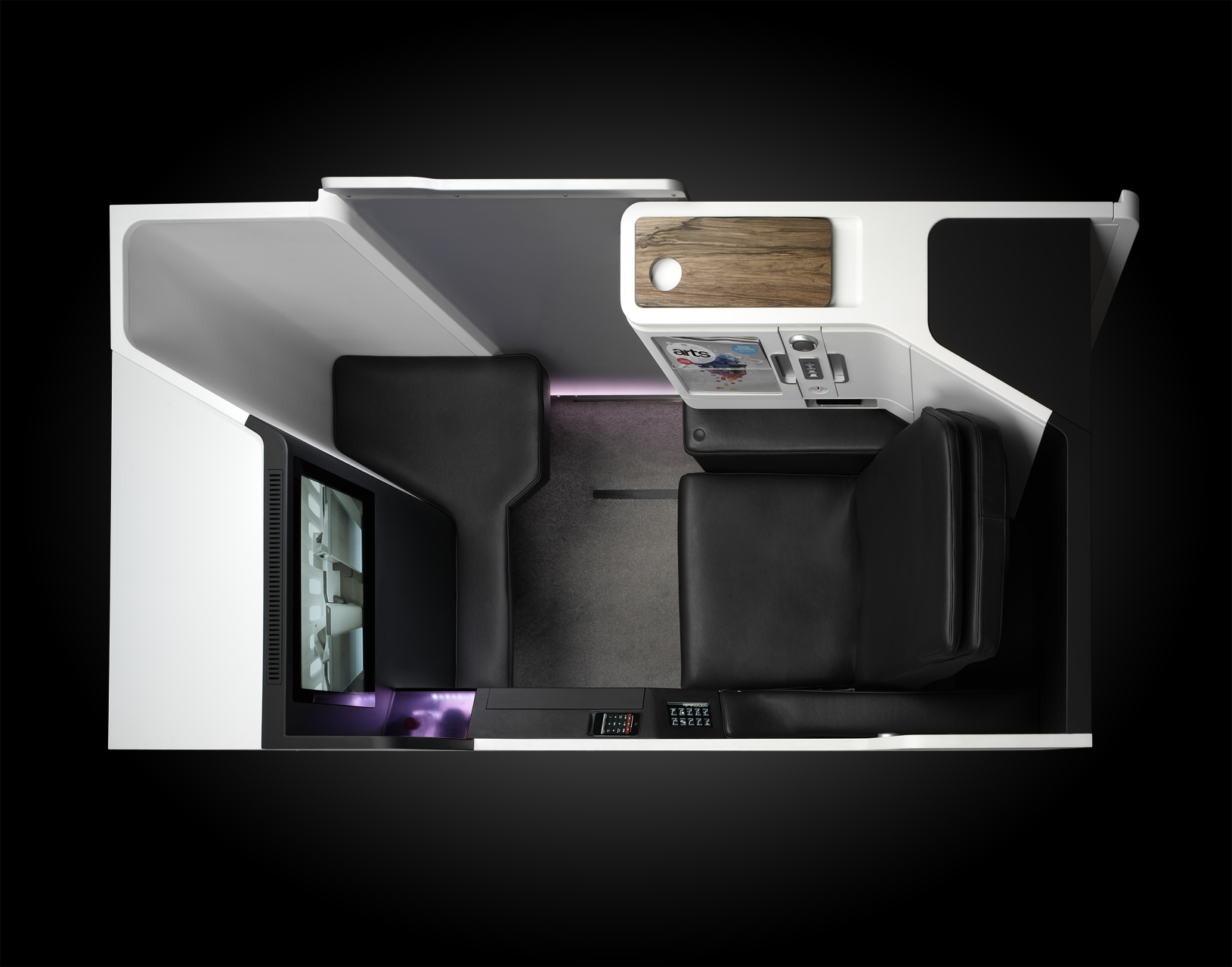
B/E Aerospace Premium Business ClassTransport Design
Copyright Andrew Mitchell 2020